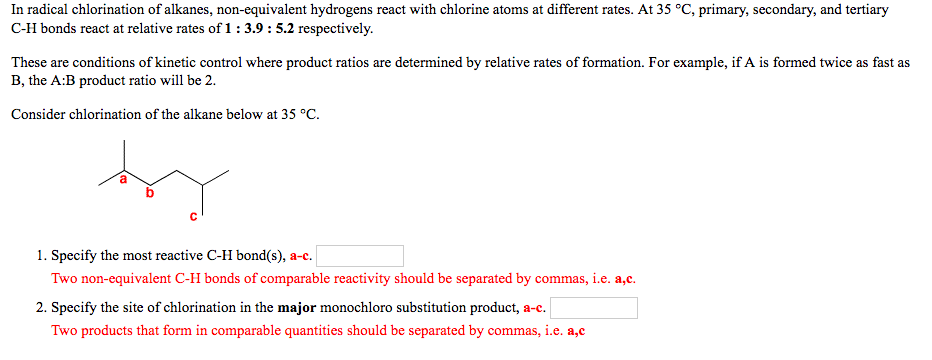

Specifically in their experiment, protons, which were the positive hydrogen ions, passed through one of the membrane layers to a place where they could be collected and turned into hydrogen gas by interacting with a negatively charged electrode, or cathode. Capturing all three of these functions together is hard, and the team’s research is targeted toward exploring systems that can efficiently combine all three of these needs. A home for hydrogenĪn ideal membrane system performs three primary functions: separates hydrogen and oxygen gases from seawater helps move only the useful hydrogen and hydroxide ions while restricting other seawater ions and helps prevent undesired reactions.

“We are essentially doubling up on ways to stop this chloride reaction,” Perryman said. The bipolar membrane in the experiment allows access to the conditions needed to make hydrogen gas and mitigates chloride from getting to the reaction center. “In particular, chloride that gets to the anode and oxidizes will reduce the lifetime of an electrolysis system and can actually become unsafe due to the toxic nature of the oxidation products that include molecular chlorine and bleach.” “There are many reactive species in seawater that can interfere with the water-to-hydrogen reaction, and the sodium chloride that makes seawater salty is one of the main culprits,” Perryman said. Hydrogen gas is a low-carbon fuel currently used in many ways, such as to run fuel-cell electric vehicles and as a long-duration energy storage option – one that is suited to store energy for weeks, months or longer – for electric grids. “These membrane architectures allowed us to control the way ions in seawater moved in our experiment.” Our study brought two layers together,” said Adam Nielander, an associate staff scientist with the SUNCAT Center for Interface Science and Catalysis, a SLAC-Stanford joint institute.

“Many water-to-hydrogen systems today try to use a monolayer or single-layer membrane. The results of their study, published today in Joule, could help advance efforts to produce low-carbon fuels. Their innovative design proved successful in generating hydrogen gas without producing large amounts of harmful byproducts. Now, researchers at the Department of Energy's SLAC National Accelerator Laboratory and Stanford University with collaborators at the University of Oregon and Manchester Metropolitan University have found a way to tease hydrogen out of the ocean by funneling seawater through a double-membrane system and electricity. But that same complex chemistry has made it difficult to extract hydrogen gas for clean energy uses. Seawater’s mix of hydrogen, oxygen, sodium and other elements makes it vital to life on Earth.


 0 kommentar(er)
0 kommentar(er)
